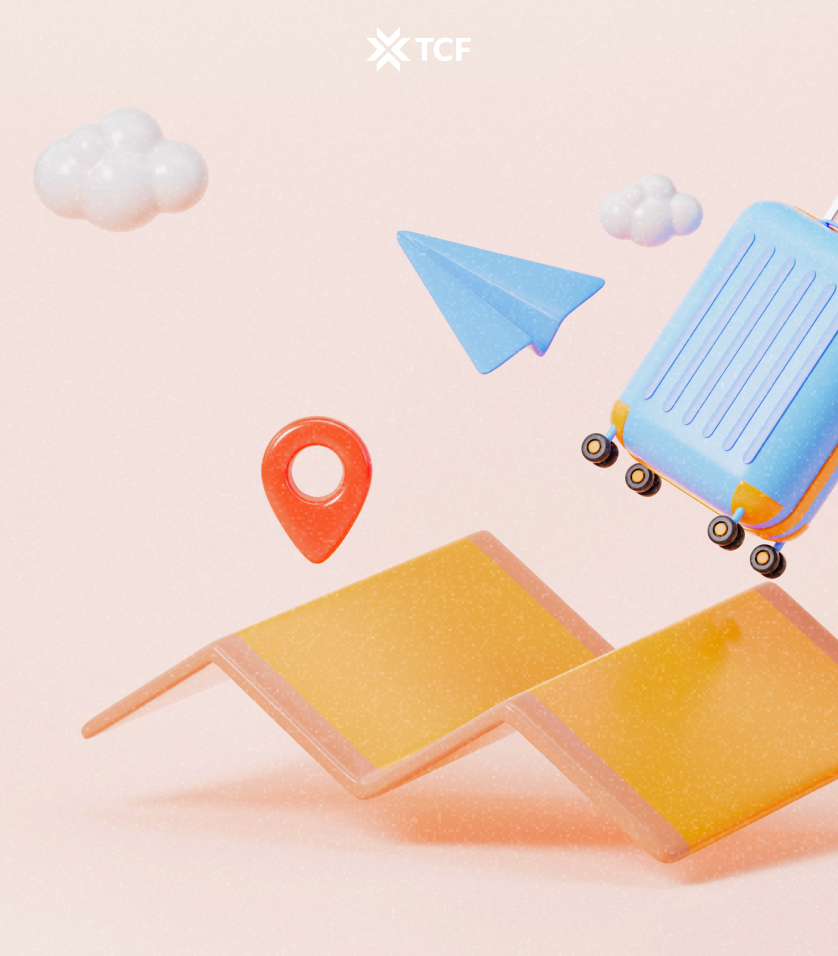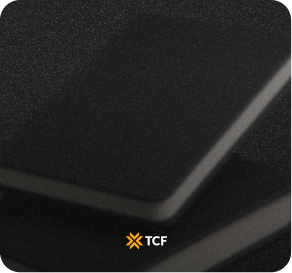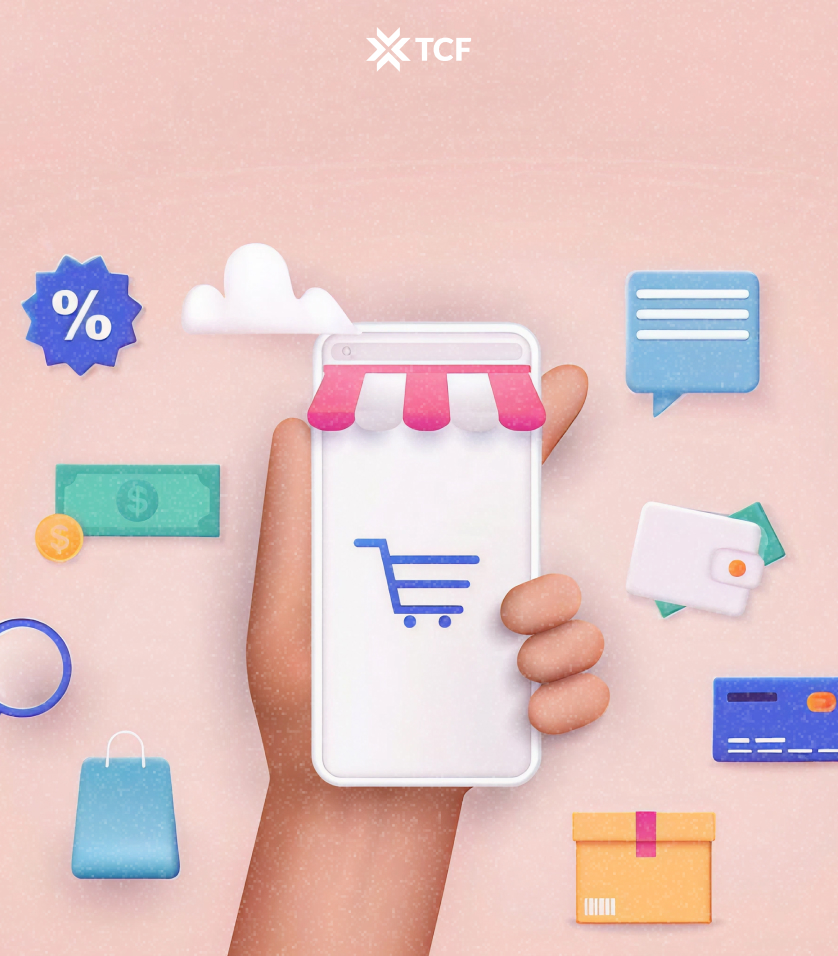Everyone talks about how to start an ecommerce brand. No one warns you about what happens when it actually works.
You hit traction, ads perform, orders roll in and suddenly, growth starts feeling like juggling knives. You’re hiring faster than you can train, fixing systems on the fly, and watching profit margins shrink while revenue charts look great.
This stage has zero glamour. It’s messy, draining, and unpredictable, even for brands already making seven figures. It’s when the familiar advice stops landing, experts start contradicting each other, and suddenly the goal shifts from chasing growth to keeping the business from spinning out while it happens.
In this article, we’ll be unpacking the side of scaling no one prepares you for: the chaos, the breaking points, and the mindset shifts that turn survival into structure.
At TCF, we’ve seen how fast growth can push a brand to the edge, and we want to show what it really takes to steady things when everything starts moving faster than you planned.
[[cta5]]
Why Scaling Your Ecommerce Store Feels Like Everything’s Breaking
Scaling begins when growth moves faster than your setup can handle. Orders increase, campaigns expand, new hires come in, and the small gaps that used to go unnoticed start slowing things down. The same systems that once felt efficient now need more structure and attention.
Revenue might look healthy, but profits feel tighter. Operations get more complex, communication takes longer, and priorities start to overlap. Many founders describe this as the stage where sales rise but cash disappears. Inventory eats into liquidity, bills pile up faster than payouts, and momentum starts feeling risky instead of exciting.
But it’s a natural phase, not a failure. Growth simply puts every process, tool, and habit to the test. This stage asks for patience and perspective. It’s where you start shifting from reactive to strategic, setting the groundwork for stability instead of sprinting from one fix to another.
The Four Stages of Scaling Chaos in Ecommerce (and How to Recognize Them)
Every ecommerce brand moves through similar growing pains. The details differ, but the patterns repeat. These stages aren’t neat or perfectly timed, yet seeing them clearly makes the process feel less confusing and more manageable.
Stage 1: The Stretch Phase
Sales rise fast, and energy runs high.
The team works longer hours, tools get pushed to their limits, and everything feels urgent. Growth feels exciting, but there’s no time to pause or plan.
Most founders start noticing small warning signs here like late shipments, stockouts, rising ad costs, or customers waiting longer for replies.
Stage 2: The Bottleneck Phase
Operations start to strain.
You know what’s working but can’t scale it cleanly. Inventory systems lag, campaign management gets messy, and your days fill with repetitive decisions that should already be automated.
Delegation becomes essential, yet finding the right people or processes takes longer than expected.
Stage 3: The Alignment Phase
Structure begins to form.
You’re building roles, documenting workflows, and connecting systems that used to run separately. Meetings shift from solving daily problems to creating clarity across departments.
It’s the first moment things start feeling sustainable, though the pace still feels heavy.
Stage 4: The Stability Phase
Processes click into place.
Teams understand priorities, data becomes consistent, and you can finally plan more than a few weeks ahead. Growth evens out, margins improve, and stress levels drop.
The focus moves from catching up to optimizing what’s already working.
Every scaling brand cycles through these stages more than once. Each round makes the business more resilient, more self-sufficient, and better prepared for the next level of growth.
Common Mistakes Ecommerce Founders Make During Scaling
Scaling rarely fails because of one bad decision. It’s the small, rushed choices that pile up. Most founders know the theory of growth, but real momentum brings pressure, and pressure changes how decisions get made. These are the patterns that quietly slow brands down when they start growing fast.
- Overspending on Ads
When sales start rising, it’s tempting to pour more money into ads expecting the same results. The reality hits fast: costs scale faster than profit. Many brands learn this the hard way when higher budgets deliver flat returns.
Ads work best when paired with clear margins, strong retention, and tested creative, not endless scaling.
- Hiring Too Late or Too Fast
Hiring too late burns out your team, while hiring too fast creates confusion. Hire according to what the business needs and where the workload is heaviest. Bring in people who ease daily pressure, clarify priorities, and keep operations moving smoothly as growth starts speeding up.
- Ignoring Operations
Revenue looks exciting, but backend systems make or break scale. Inventory tracking, fulfillment, and customer service aren’t glamorous, yet they decide how far you can go. When orders surge, weak operations collapse first.
Strengthening them early prevents costly recovery later.
- Adding Too Many Tools
Every problem seems solvable with another platform or plugin. Then the stack becomes messy, data stops syncing, and no one knows what’s accurate. Fewer, well-integrated tools keep the business faster and easier to manage long-term.
- Forgetting Profit Margins
Revenue is the loud number. Profit is the one that matters. As a brand grows, small increases in costs (shipping, packaging, ads) can erase gains. Tracking margins weekly helps catch leaks before they shape how the business runs.
These mistakes often appear minor at first, but they grow fast. Spot them early to keep control before they start shaping how the business operates.
Systems That Help Ecommerce Brands Scale Without Burning Out
Growth brings noise. The inbox floods, ads multiply, and every task feels urgent. Many founders describe this as the moment their inbox becomes unmanageable and customer emails start piling up faster than they can reply. Systems are your noise-canceling headphones. They don’t make the chaos disappear, but they give it structure and volume control(no pun intended.)
1. Get visibility in one place
You can’t fix what you can’t see.
Use one dashboard to track revenue, profit, inventory, and ad spend side by side. Connect your tools instead of checking ten different tabs.
Shopify Analytics, Triple Whale, or a shared Notion tracker work well.
2. Automate repeat work
Anything that happens weekly or daily deserves automation.
Set up email flows in Klaviyo, auto-tag customer segments, schedule reports, and let your helpdesk handle basic support.
Every task you remove gives your team back time to think.
3. Document what works
Write out your key processes: launch prep, fulfillment, product restocks.
Several founders we worked with admitted that skipping this step early made later training a nightmare.
Keep it short and searchable. When someone new joins or a freelancer steps in, they can handle tasks without constant back-and-forth.
4. Add buffers everywhere
Leave room for problems before they appear.
Keep a small inventory cushion, block out an hour weekly to review performance, and build financial breathing space before scaling ad spend. Predictability beats speed.
Good systems make growth smoother. They reduce stress, improve consistency, and free up time for work that actually moves the brand forward.
Redefining Growth for Sustainable Ecommerce Scaling
Growth used to mean bigger numbers, more sales, more followers, more everything. Scaling teaches a different story. Real growth shows up in how smoothly things run when no one’s forcing them to. It’s in steady profit, calm operations, and a team that knows what to do without your constant input.
You start focusing less on chasing spikes and more on building rhythm. That means optimizing what already works instead of endlessly adding new channels or tools. Founders who’ve been through this phase often talk about the relief of stable cash flow after months of chaos. Once margins hold steady and systems run clean, the business feels lighter, not larger.
Sustainable growth looks like breathing room. You can plan ahead, delegate confidently, and still make decisions that feel intentional instead of reactive. It’s the point where growth stops being a sprint and starts feeling like something you can actually enjoy.
Conclusion
Scaling a brand reveals everything that needs improvement. Systems, priorities, communication, and patience all get tested at once. The chaos means the business is growing faster than the structure built to hold it, and that’s a normal part of the process.
Every founder hits that point where sales rise, but so does stress. The key is learning to pause and strengthen what keeps the business steady: clean operations, clear margins, and teams that can run without constant direction. That’s where real growth starts to feel sustainable.
At TCF, we’ve guided dozens of founders through this phase of growth, and the pattern stays the same. Progress starts when you stop fighting the chaos and start refining what already exists. Document key steps, simplify recurring work, and make decisions based on data instead of instinct. Over time, the rush evens out, and structure replaces survival mode.
If you’re in the middle of the messy part, you’re doing the work that actually matters. Keep tightening the foundation while you grow. Stability fuels momentum. That’s what turns scaling from a constant firefight into a system you can trust.
[[cta5]]






.png)


.png)


.jpg)

.jpg)